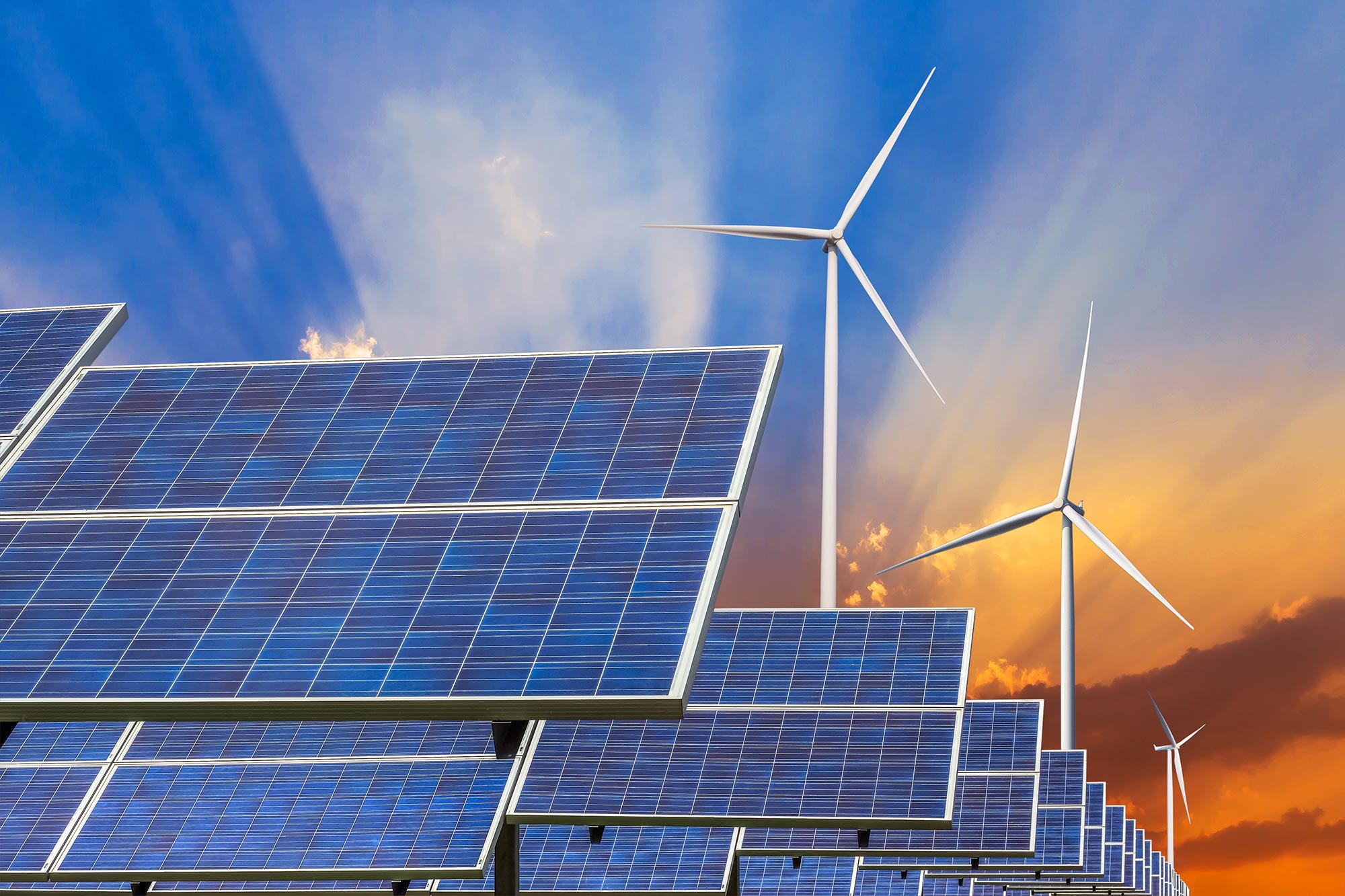Harnessing the Strength of the Ocean Current: Unleashing the Possibilities of Sea Energy

As the world struggles with the pressing challenges of climate change and energy independence, the quest for sustainable energy solutions has never been more critical. Renewable energy holds a place in the vanguard of this shift, harnessing the Earth's natural resources to provide clean, effective, and consistent power. Among the myriad of innovations emerging in this field, ocean energy, especially tidal and wave power, offers a unique and untapped potential. With vast coastlines and powerful ocean currents, the potential to generate energy from our ocean is significant and has yet to be fully realized.
This article explores the revolutionary power of ocean energy, exploring how innovations in tidal energy can mold a cleaner, greener future. We will also examine the broader scope of renewable energy technologies, from solar and wind advancements to innovative battery storage solutions, and how these advancements are connected with essential components like smart grids and artificial intelligence. Come along with us on a path to understand how a diverse range of renewable sources, such as the power of the tide, is set to redefine our energy infrastructure and create a greener future.
Advanced Marine Power Technologies
The promise of sea energy has attracted significant interest as a crucial component of the sustainable energy landscape. Among the leading technologies, tidal energy stands out due to its reliable character, harnessing the motion power of tidal currents to generate electricity. Innovative marine turbines and underwater generators are being designed to function effectively in various marine environments. By taking advantage on the gravity influenced by the moon and sun, ocean energy systems can provide a constant source of energy, making them an appealing option for beachfront communities and island nations.
Ocean energy is also promising area of marine energy innovation. Wave energy converters, using different mechanisms such as oscillating water columns and point absorbers, harness the massive power created by wave waves. These systems can be installed offshore, where the energy output remains reliably high, irrespective of weather conditions. As research and development continue, advancements in materials and design are enabling wave energy converters to turn out to be more efficient and sustainable, paving the way for wider adoption and embedding into the energy grid.
As the attention on renewability grows, floating solar farms are also emerging as a supporting technology to marine energy. By leveraging the vast areas of seas and large lakes, these solar arrays can generate significant amounts of sustainable power while lessening land use. Advancements in floating structures make it easier to install solar panels in deep waters, where solar radiation is plentiful. This convergence of solutions not only improves power generation but also supports environmental stability by reducing water loss and enhancing water quality in water ecosystems.
Innovations in Sustainable Energy Reservoirs
The combination of clean energy forms like sunlight and breeze into our power grid demands creative storage solutions to ensure a consistent energy supply. Traditional energy systems have counted primarily on fossil fuels, which can be dispatched on demand. However, renewable sources are often variable, making efficient energy storage critical. Check out the post right here in battery systems, such as lithium-sulfur-based and solid-state batteries, offer greater energy density, quicker charging, and prolonged lifespans, enabling a more efficient equilibrium between energy supply and demand.
Beyond batteries, additional storage methods are growing traction. Hydropumped storage has long been a reliable means of holding energy, but new innovations like flywheels and compressed air storage systems are being developed to provide rapid reply capabilities for grid stability. Additionally, progress in thermal storage, notably using liquid salts, are enabling for the collection of solar energy to be used when the sun isn't visible, thus improving the reliability of solar power.
The role of artificial intelligence in enhancing storage systems cannot be overlooked. AI algorithms are improving the efficiency of energy management, forecasting demand, and augmented the integration of various storage technologies into the grid. By reviewing commercial solar specialists in live time, these technologies not only forecast energy needs but also help in making smart determinations on the most effective storage methods to deploy, ensuring that renewable energy can be captured and efficiently utilized, clearing the way for a green energy future.

The Future of Renewable Energy Incorporation
As we gaze into the future, the integration of sustainable energy resources is crucial for eco-friendliness and effectiveness. The synergy between various technologies, such as solar, wind, and tidal energy, can create a more resilient energy grid. Advancements in smart grids allow for immediate data sharing and energy management, ensuring that energy flow aligns with demand. This incorporation not only improves dependability but also facilitates the seamless transition to clean energy sources across regions.
Furthermore, developments in energy retention technologies, such as revolutionary battery innovations, will have a key role in this integration. By addressing the inherent variability of renewable sources like solar and wind, effective energy storage options will enable excess energy to be saved and utilized when generation is low. This capability will render renewable energy not only more reliable but also a leading player in the energy market, significantly reducing dependency on fossil fuels.
In addition, the role of artificial intelligence in enhancing energy distribution cannot be ignored. AI technologies can examine data trends to predict energy production and consumption, allowing for better incorporation of renewable sources into existing grids. As electric vehicles grow more common and interact with renewable energy systems, the overall energy landscape will evolve, resulting in more intelligent and more sustainable energy options for societies worldwide.
